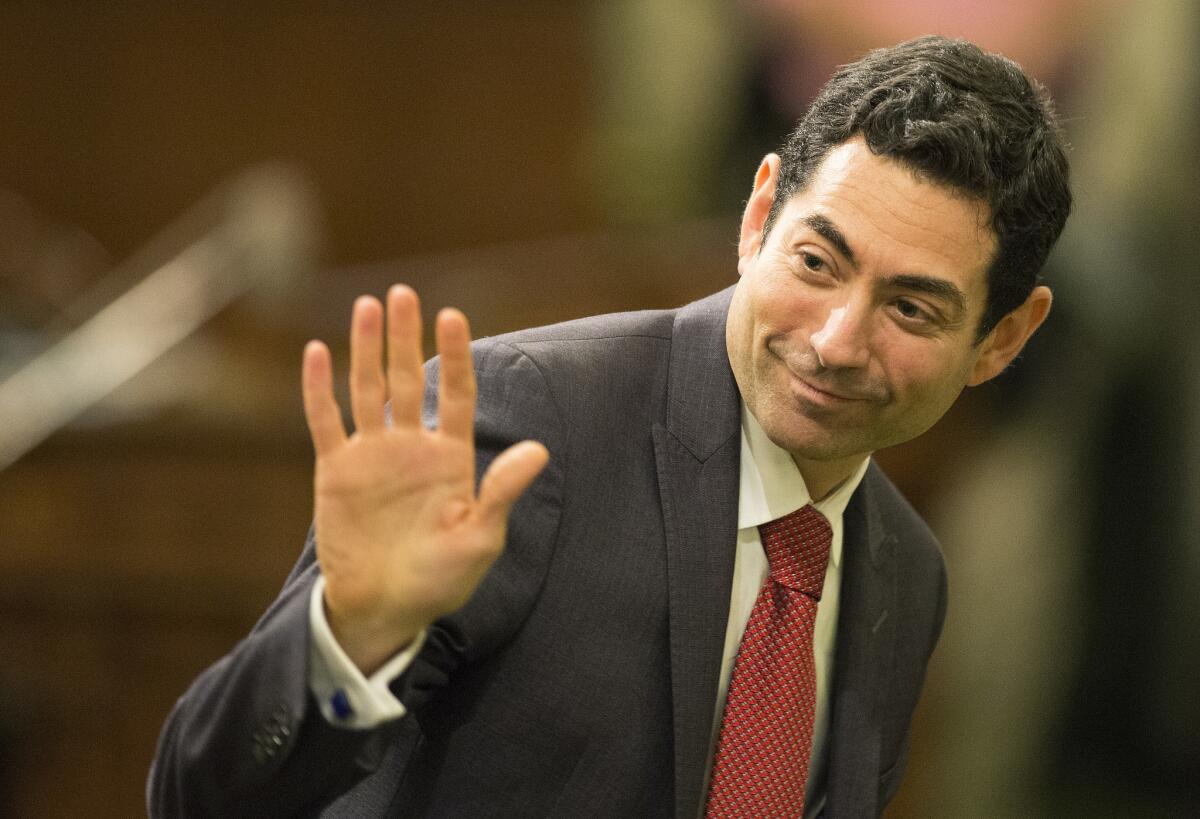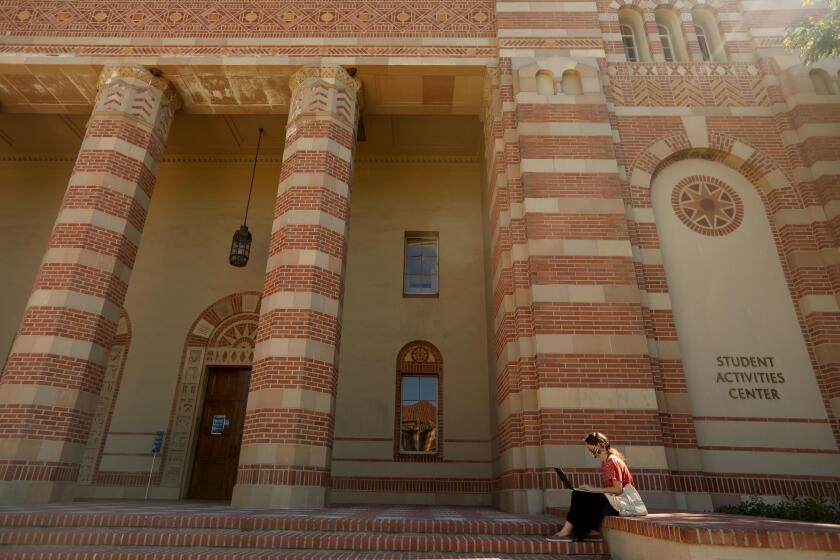California’s top court caps penalties on nursing homes to $500 for certain lawsuits

- Share via
As COVID-19 continues to ravage nursing homes, the California Supreme Court ruled Monday that a state law allowing residents to sue facilities limits compensation to $500.
The ambiguous 1982 statute was aimed at allowing nursing home residents to sue on the grounds their rights had been violated, but in a 5-2 decision, the state’s highest court interpreted the law to mean that residents may collect no more than $500 for violations, regardless of how many. The two dissenting justices argued the law actually intended to set a $500 cap for each violation of a patient’s rights, not for the entire suit.
The decision stemmed from a lawsuit filed by John Jarman, who was 91 in 2008 when he slipped and fractured his hip. After surgery, he was transferred to ManorCare of Hemet, CA, a skilled nursing facility of HCR ManorCare Inc. While there, he developed bed sores that took a year to heal after his release, the suit said.
ManorCare staff allegedly often left him in soiled diapers and ignored nurse call lights. He died before the trial, and his daughter carried on his suit.
At issue before the California Supreme Court was the meaning of a provision in the 38-year-old Long-Term Care, Health, Safety, and Security Act.
“We do not find that limiting an award to $500 per lawsuit would render the statute ‘toothless,’” Justice Ming W. Chin, author of the majority decision, wrote.
He noted that lawyers for nursing home residents were still entitled to collect their legal fees from the defendants and injunctions could be issued to prevent future abuse. Residents also may sue under different laws, including the Elder Abuse Act, which provides substantially more compensation, Chin said.
But Justice Mariano-Florentino Cuéllar, joined by Justice Goodwin Liu, said the $500 cap was “plainly insufficient to fulfill the statute’s purpose to deter and remedy violations of nursing home patients’ rights.”
“It makes little difference that the majority leaves a few teeth awkwardly hanging in the mouth after pulling most of them out, “ Cuéllar wrote.
He cited the pandemic in the first paragraph of his 26-page dissent, which was longer that the majority ruling.
“Nowhere has the pain of the COVID-19 virus been more acutely felt than in our state’s nursing homes,” he wrote.
The latest maps and charts on the spread of COVID-19 in California.
In a Walnut Creek facility owned by ManorCare, he said, 130 people were infected, and 12 have died. The majority’s decision “deprives nursing home residents of an important tool to deter and vindicate violations of their rights,” he said.
Cuéllar noted that the Elder Abuse Act allows victims compensation only if they can prove “by clear and convincing evidence” that a nursing home was liable for physical abuse, neglect or abandonment and also guilty of “recklessness, oppression, fraud or malice in the commission of this abuse.”
“This is not an insubstantial burden,” he said.
In Jarman’s case, a jury in 2011 awarded the daughter $100,000 in punitive damages under a different law that was not at issue in Monday’s decision. Under the 1982 law, the jury found the nursing home liable for $95,000 for various violations, an amount that will now likely be reduced to $500.
The trial court eventually struck down the punitive damages, but a court of appeal reinstated them.
Anthony M. Chicotel, staff attorney for California Advocates for Nursing Home Reform, called the decision extremely disappointing and said his group would urge the Legislature to rewrite the law. The pandemic has prevented ombudsmen for nursing home patients from entering the facilities, he said, and residents now are in need of more protection than ever.
“For residents rights, this is a significant blow,” said Chicotel, who filed a friend-of-the-court brief on behalf of Jarman. He likened their predicament to being on a floating, melting iceberg that gets smaller and smaller.
Barry S. Landsberg, who represented ManorCare in the case, said the company was “pleased that the Supreme Court correctly interpreted the resident rights statute” to limit damages to no more than $500 in a civil action.
“That is what the statute says and what the Legislature intended, both when it enacted the law in 1982 and when it amended the law years later,” Landsberg said.
More to Read
Sign up for Essential California
The most important California stories and recommendations in your inbox every morning.
You may occasionally receive promotional content from the Los Angeles Times.












